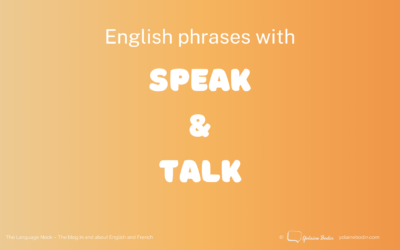If you’re learning English as a foreign or second language, you may be wondering what the difference between small and little. When should you use small, when should you choose little?
Both words small and little refer to size and are the opposite of big or large.
- This room is very small.
- They live in a nice little house.
The difference is that little is usually used to say something is small, but also to convey an emotion at the same time.
- The kitten on the photo is small and cute. → Here, small merely describes the size of the kitten.
Compare with this one:
- This is a cute little kitten! → Here, little expresses the fact that the kitten is small but also adds something about what you feel, about your emotion.
In the example above about the kitten, the emotion is positive: you find the kitten endearing. Yet little can express any kind of emotion, not only a positive one. Look at this example:
- What a spiteful little man he is.
In British English, little is usually used before a noun – often together with another adjective – and not after a verb. For example, you wouldn’t say “My flat is little”.
Also, little is not usually used in the comparative form. So if you hear someone say “My house is as little as yours”, the chances are the person saying this speaks American English. Indeed, in American English, small and little are much more interchangeable in their use than they are in British English.
Careful! You can add an adverb in front of small to express a degree of smallness, for example quite small, very small, extremely small. However, you won’t normally see little used this way.
Here you are! You now know what the small differences between small and little are! 🙂





Thank you very much! It’s been helpful.
Thank you Leonid! Glad to have been of help 🙂